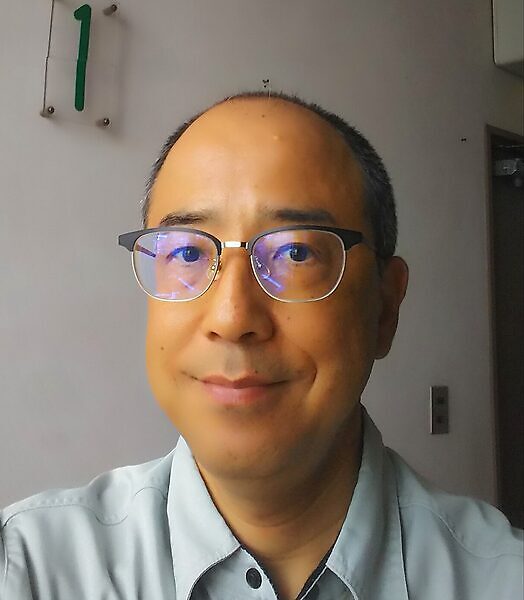Seminar ”Population dynamics of swordtip squid (Uroteuthis edulis) based on statolith trace elements and ocean conditions "

Date
Location
Description
Speaker: Dr. Tadanori Yamaguchi
Title: "Population dynamics of swordtip squid (Uroteuthis edulis) based on statolith trace elements and ocean conditions"
Abstract:
The Kuroshio Current is the western boundary current of the North Pacific subtropical gyre. The Pacific North Equatorial Current hits the east coast of Luzon Island to form the northward-flowing Kuroshio Current. The Kuroshio extends into the East China Sea (ECS) and then turns from northward to eastward along the southern coast of Japan. The swordtip squid (Uroteuthis edulis) hatching in the tropical or subtropical waters should be transported by the Kuroshio system to the mid-latitude ocean as well (e.g., Yamaguchi et al. 2020). Wang et al. (2008) report that the spawning groups appear off the northern Taiwan Island every spring and autumn, and matured squid in the spring group are smaller than those in the autumn group, implying that the spring individuals would grow in the warmer waters than the autumn ones as the squid generally grow mature faster in the warmer waters. In fact, the Kuroshio intrudes onto the shelf north to Taiwan in late winter or early spring (Oey et al. 2010), which suggests the seasonal migration from the southern waters to the ECS. We analyzed the tracer elements (B/Ca, Mg/Ca, P/Ca, and Sr/Ca) in the nucleus (as a juvenile) and edge (as an adult) of statoliths from U. edulis or duvauceli caught in the northwestern Pacific by using LA-ICP-MS. The principal component analysis shows four major groups, consisting of (1) the individuals from the both sides of Japan as juveniles, (2) those from the both sides of Japan as adults, (3) those from the waters off Cebu Island and the northern Taiwan (in spring) as juveniles, and (4) the others, respectively. Thus, the spring-spawning group would migrate from the waters around the Philippines to the southern ECS along with the Kuroshio. However, it should be carefully examined afterwards since the squid we used as samples off Cebu Island are not U. edulis but U. duvauceli.
Subscribe to the OIST Calendar: Right-click to download, then open in your calendar application.



